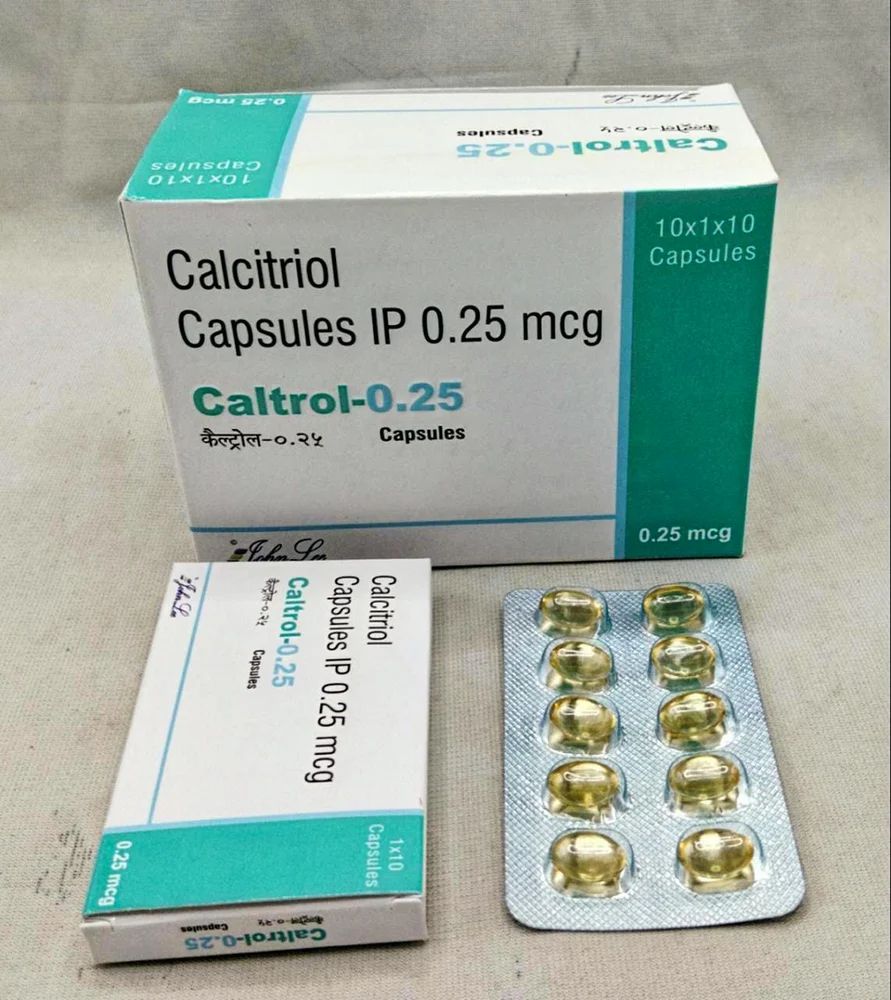Hypoparathyroidism: Symptoms, Causes, Treatment
What are the symptoms of hypoparathyroidism?
Hypoparathyroidism is a rare condition characterized by low levels of parathyroid hormone (PTH), which leads to low levels of calcium in the blood (hypocalcemia) and high levels of phosphorus in the blood (hyperphosphatemia). The symptoms of hypoparathyroidism can vary widely in severity and may include:
- Tingling or numbness: In the fingers, toes, or around the lips, often due to low calcium levels affecting the nerves.
- Muscle cramps or spasms: Especially in the hands, feet, or face, which can be painful and prolonged.
- Muscle stiffness: Particularly in the face, hands, or feet, which can affect movement and coordination.
- Fatigue: Feeling unusually tired or weak, which can be a result of low calcium levels affecting muscle function.
- Dry skin and hair: Due to changes in calcium levels affecting the skin and hair follicles.
- Brittle nails: Nails that are more prone to breaking or splitting.
- Depression or anxiety: Changes in mood such as depression or anxiety that can occur due to the effects of low calcium on the nervous system.
- Cataracts: Clouding of the lens of the eye, which can affect vision.
- Dental problems: Such as weak or brittle teeth, or problems with tooth development in children.
- Seizures: In severe cases, low calcium levels can lead to seizures, particularly if left untreated.
These symptoms can vary in severity and may come and go. Hypoparathyroidism is typically diagnosed based on blood tests that measure calcium, phosphorus, and PTH levels. Treatment usually involves calcium and vitamin D supplements to raise and maintain calcium levels within the normal range. Close monitoring and regular follow-up with a healthcare provider are important to manage hypoparathyroidism and prevent complications.
What are the causes of hypoparathyroidism?
Hypoparathyroidism is most commonly caused by damage to or removal of the parathyroid glands, which are located in the neck near the thyroid gland. The parathyroid glands produce parathyroid hormone (PTH), which helps regulate calcium and phosphorus levels in the body. The most common causes of hypoparathyroidism include:
- Surgery: Damage to the parathyroid glands during thyroid surgery or other neck surgeries can lead to hypoparathyroidism. This is a common cause of the condition.
- Autoimmune disease: Autoimmune hypoparathyroidism occurs when the body’s immune system mistakenly attacks and damages the parathyroid glands, leading to decreased PTH production.
- Genetic factors: Rare genetic conditions, such as autoimmune polyendocrine syndrome type 1 (APS-1) or familial isolated hypoparathyroidism, can cause hypoparathyroidism.
- Magnesium deficiency: Low magnesium levels can interfere with PTH production and secretion, leading to hypoparathyroidism.
- DiGeorge syndrome: This rare genetic disorder can be associated with underdeveloped or missing parathyroid glands, leading to hypoparathyroidism.
- Radiation therapy: Radiation treatment for head and neck cancers can damage the parathyroid glands and lead to hypoparathyroidism.
- Other causes: Less common causes of hypoparathyroidism include infiltrative diseases (such as hemochromatosis or Wilson’s disease), medications (such as high-dose lithium therapy), and injury to the parathyroid glands.
The underlying cause of hypoparathyroidism can help guide treatment and management strategies. Individuals with hypoparathyroidism often require lifelong treatment with calcium and vitamin D supplements to maintain normal calcium levels and prevent symptoms and complications of low calcium levels. Regular monitoring by a healthcare provider is important to ensure proper management of the condition.
What is the treatment for hypoparathyroidism?
The treatment for hypoparathyroidism aims to raise and maintain blood calcium levels within the normal range and to relieve symptoms associated with low calcium levels. Treatment typically involves a combination of calcium and vitamin D supplements, along with close monitoring by a healthcare provider. Here are the main components of treatment for hypoparathyroidism:
- Calcium supplementation: Calcium carbonate or calcium citrate is typically used to raise and maintain blood calcium levels. The dosage is adjusted based on blood calcium levels and symptoms.
- Vitamin D supplementation: Vitamin D helps the body absorb calcium from the intestines. People with hypoparathyroidism often require higher doses of vitamin D than the general population. Calcitriol, the active form of vitamin D, is sometimes prescribed to help maintain calcium levels.
- Monitoring: Regular monitoring of blood calcium levels, kidney function, and bone health is important to ensure that calcium levels remain within the normal range and to detect any potential complications.
- Adjustment of medication: The dosage of calcium and vitamin D supplements may need to be adjusted based on blood tests and symptoms. It’s important to work closely with a healthcare provider to find the right balance of medications.
- Lifestyle modifications: Eating a balanced diet rich in calcium and vitamin D, avoiding excessive calcium intake, and maintaining a healthy lifestyle can help manage hypoparathyroidism.
In some cases, other medications or treatments may be used to manage symptoms or complications of hypoparathyroidism. For example, magnesium supplements may be prescribed if magnesium levels are low. It’s important for individuals with hypoparathyroidism to work closely with their healthcare provider to develop a treatment plan that is tailored to their specific needs and to undergo regular monitoring to ensure that calcium levels remain stable.




